An international team of researchers are hoping to predict large geomagnetic storms that will have the greatest impact on Earth’s magnetic field. A recent study led by scientists from Nagoya University in Japan and the University of New Hampshire in the United States has shed new light on the significant role played by Earth’s upper atmosphere in shaping the development of these storms.
The findings highlight the previously underestimated importance of our planet’s atmosphere in understanding the factors that trigger geomagnetic storms, which can have direct consequences for Earth’s magnetic field, including unwanted currents in the power grid and disruptions in radio signals and GPS systems.
Geomagnetic storms have long been associated with solar activity. The sun’s outer layer is composed of hot charged particles, which emit a constant flow of particles known as the “solar wind.” These particles travel through space and interact with celestial objects, including Earth. When these particles reach Earth’s magnetic field, called the magnetosphere, they initiate a complex interaction. This interaction between the charged solar particles and Earth’s magnetic field leads to space weather, which encompasses the conditions in space that can impact our planet and technological systems like satellites.
One critical component of the magnetosphere is the magnetotail, which extends away from the sun in the direction of the solar wind flow. Within the magnetotail lies the plasma sheet region, filled with charged particles known as plasma. The plasma sheet is of particular significance as it serves as the source of particles that enter the inner magnetosphere, creating the currents responsible for geomagnetic storms.
While the influence of the sun on geomagnetic storms is well-documented, researchers embarked on a mission to unravel the mystery of the contribution of Earth’s plasma to the magnetosphere and how this contribution evolves during geomagnetic storms. For their investigation, they relied on data from a significant geomagnetic storm that occurred on Sept. 7-8, 2017. During this event, a massive coronal mass ejection from the Sun collided with Earth’s atmosphere, resulting in a major geomagnetic storm that disrupted the magnetosphere and caused interference with radio signals, GPS systems, and precision timing applications.
The researchers conducted a retrospective analysis of ion transport during this geomagnetic storm using data from several space missions, including the NASA/Magnetospheric Multiscale (MMS) mission, the Japanese Arase mission, the ESA/Cluster mission, and the NASA/Wind mission. They made distinctions between ions originating from the solar wind, those from Earth’s ionosphere, and those from other sources.
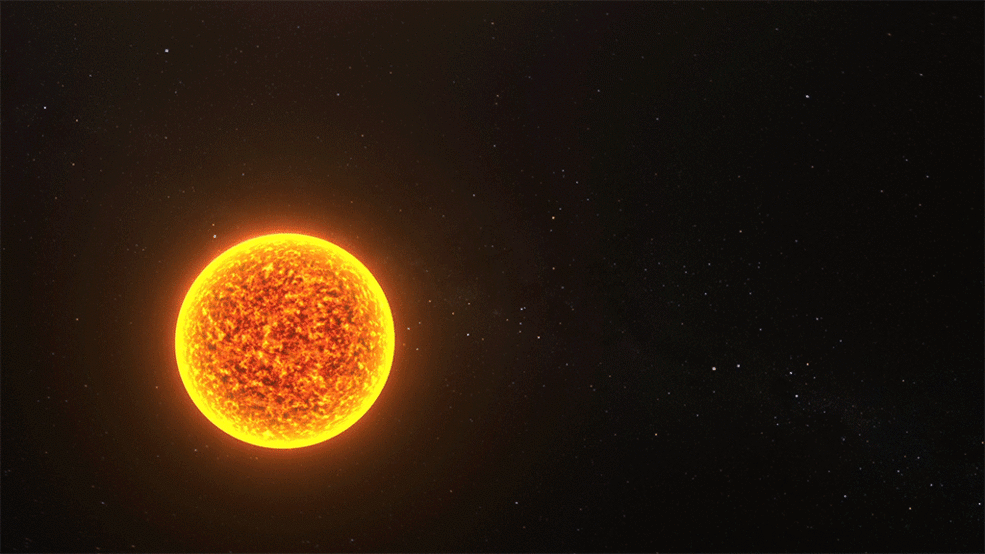
By making simultaneous measurements of the solar wind’s composition to track source changes, the team identified significant alterations in the composition and other properties of the plasma sheet near Earth as the geomagnetic storm evolved. These properties, including density, particle energy distribution, and composition, exerted an influence on the development of the storm.
“The most important discovery was that at the beginning of the geomagnetic storm, the plasma changed from mostly solar to mostly ionospheric,” says study lead author Lynn Kistler, Nagoya University designated professor and University of New Hampshire professor, in a university release. “This shows that the geomagnetic storm drives more outflow from the Earth’s ionosphere, and that the ionospheric plasma can move quickly throughout the magnetosphere.”
“Overall, our research contributes to understanding the development of geomagnetic storms by showing the importance of Earth’s ionospheric plasma,” Kistler adds. “We found compelling evidence that plasmas from not only the sun but also the Earth drive a geomagnetic storm. In short, the properties of the plasma sheet (the density, the particle energy distribution, the composition) will affect geomagnetic storms, and these properties are different for different sources.”
The study is published in the journal Nature Communications.
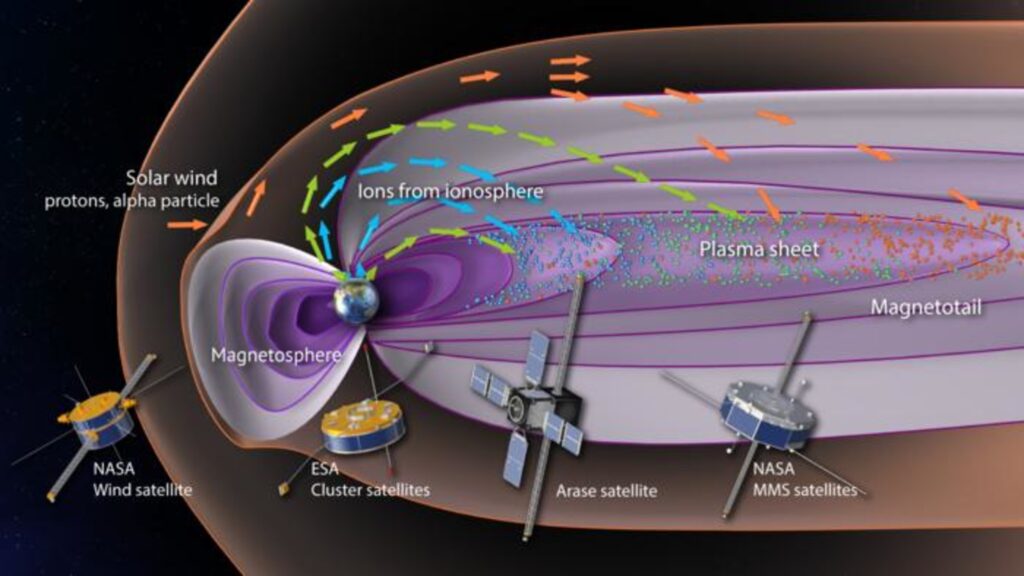


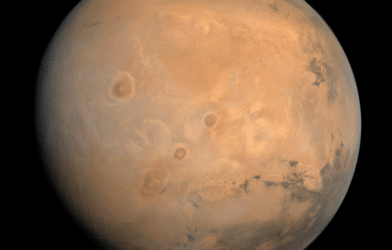

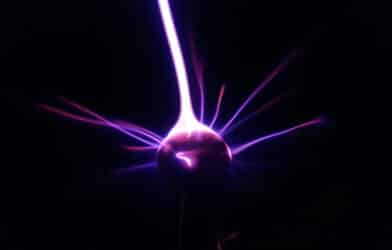
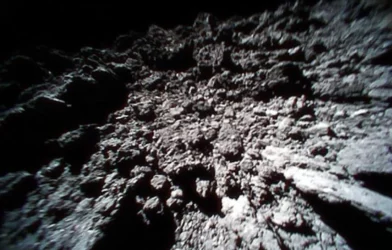






The Russell-McPherron Effect explains the greater intensity of geomagnetic storms during and near the equinoxes. Some of our worst CME-induced storms happened at these times.